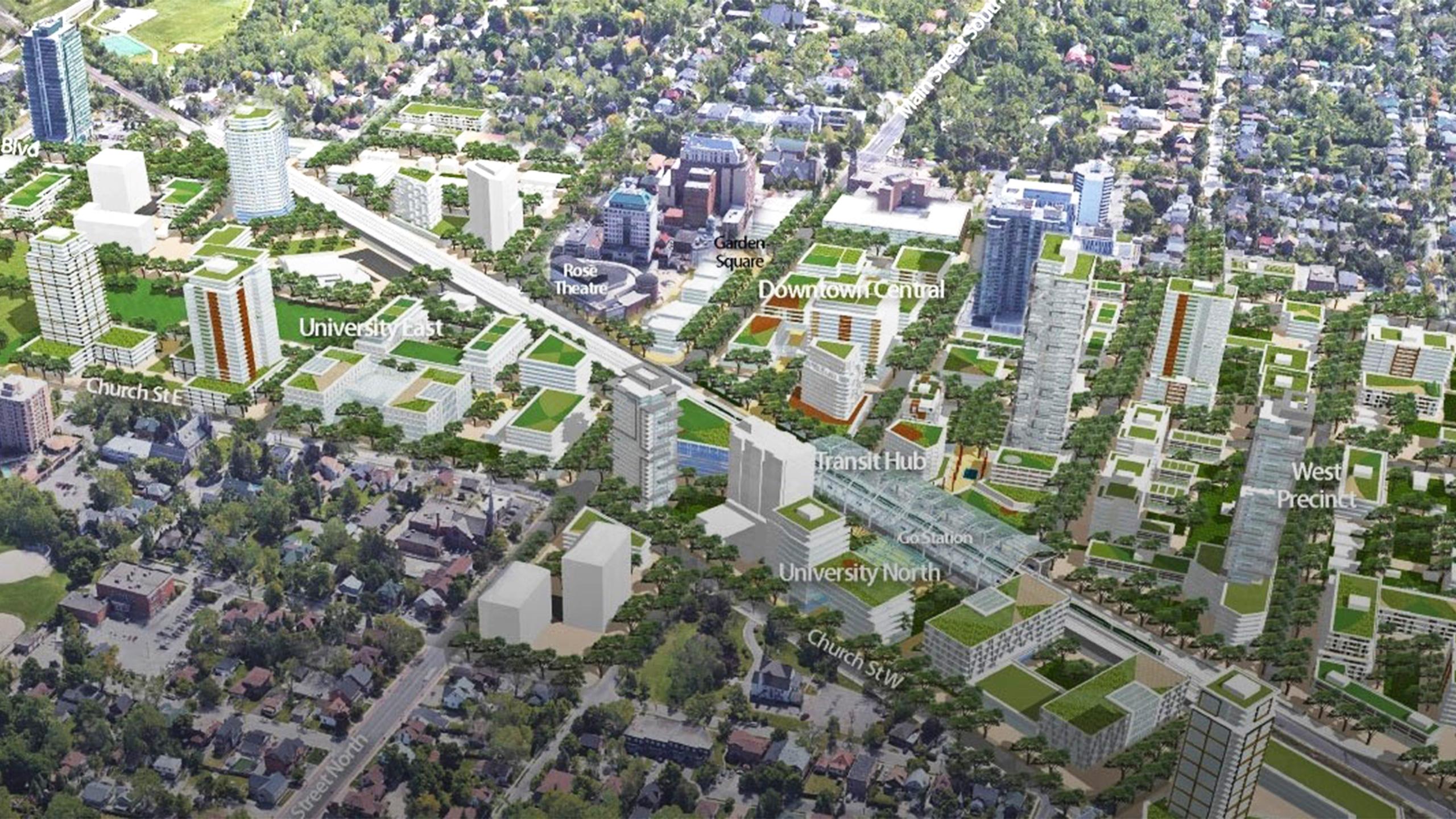By Samira Balsara
Ryerson president Mohamed Lachemi announced at the end of September that a senior medical advisory committee (SMAC) has been established to help plan the university’s proposed medical school in Brampton.
The group consists of nine physicians who will work together to provide clinical expertise for the medical school, provide recommendations for research areas and assist with curriculum development, as well as projects included in Ryerson’s proposal.
The SMAC will be chaired by Dr. Andrew Padmos, a hematologist with over 40 years of clinical experience in addition to more than 28 years of experience as a professor of medicine at Dalhousie University.
According to Padmos, committee members were approached to be a part of the SMAC after planning for the school came to fruition. Planning for the committee began in July.
“They approached me…and said, we need some advice and assistance to put into the planning process, the perspectives of medical educators and leaders. So we decided that a committee of people with those characteristics would be beneficial,” said Padmos.
According to Padmos, the SMAC is beneficial to planning for the medical school as it’s taking a “multi-layered process” due to the different fields of education in medicine such as physiology, biology, chemistry and epidemiology.
While the SMAC is chaired by Padmos, there are eight other physicians who will lend their expertise to the School of Medicine’s planning.
Dr. Claire Touchie is a professor at the University of Ottawa with 30 years of experience in medicine and teaching. She works in the area of HIV care with a focus on women’s health and refugee care.
Touchie said her involvement with the SMAC is exciting for her as she gets to work with a new group of people for a project that will benefit patients in Ontario.
According to the Royal College of Physicians and Surgeons of Canada, the last established Canadian medical school was the Northern Ontario School of Medicine at Laurentian and Lakehead universities, which opened in 2005. Prior to that was McMaster University’s Michael G. DeGroote School of Medicine established in 1965.
“Medicine has changed tremendously during this time. It’s very challenging for established medical schools to institute big changes for a multitude of reasons,” said Touchie. “However, Ryerson has the amazing opportunity to look forward from the get-go and establish a medical school truly for the 21st century.”
Padmos echoed this idea, adding that Ryerson’s proposed medical school will work to educate and train future health professionals for a medical system 30 years down the line. The school will be looking to implement more technology into their programming to involve a futuristic approach with virtual care, artificial intelligence, health apps and augmented reality.
“Medical knowledge is expanding and doubling every 18 months…so you’ve got to train physicians and other health professionals on how to be resilient, how to be effective and how to manage the inflow of data, information and opinion in the best interest of the patient,” he said.
According to Padmos, it’s not just the Greater Toronto Area that’ll benefit from a new med school, but Canada as a whole. He said Canada has a lower number of medical practitioners per person when compared to other wealthy countries.
“We’re actually among the lowest in terms of the number of doctors per 100,000 [people],” said Padmos. “Now that isn’t the complete story, but it’s at least a marker that Canada’s probably not overpopulated with doctors.”
A 2015 report by the Canadian Institute for Health Information revealed there were 228 physicians per 100,000 people. For comparison, in Australia, 2015 data showed the number of medical practitioners per 100,000 was 392.
A proposed medical school could help to increase the amount of medical practitioners and solve issues Canada has in the medical field including family medicine, where, according to Padmos, many Canadians don’t even have a family doctor.
According to Statistics Canada, in 2019, roughly 4.6 million Canadians aged 12 and older reported they didn’t have a regular health-care provider for when they needed health assistance or advice.
“Having a target of very good primary care is quite important. Ryerson, when it was starting to formulate its case for support, identified community-engaged primary care as one of the pillars of the school,” said Padmos.
The SMAC will work to help develop the current proposal by focusing on the pillars that the School of Medicine is being designed on. This includes a focus on primary care, senior care, culturally respectful care and using technology in certain practices.










Leave a Reply